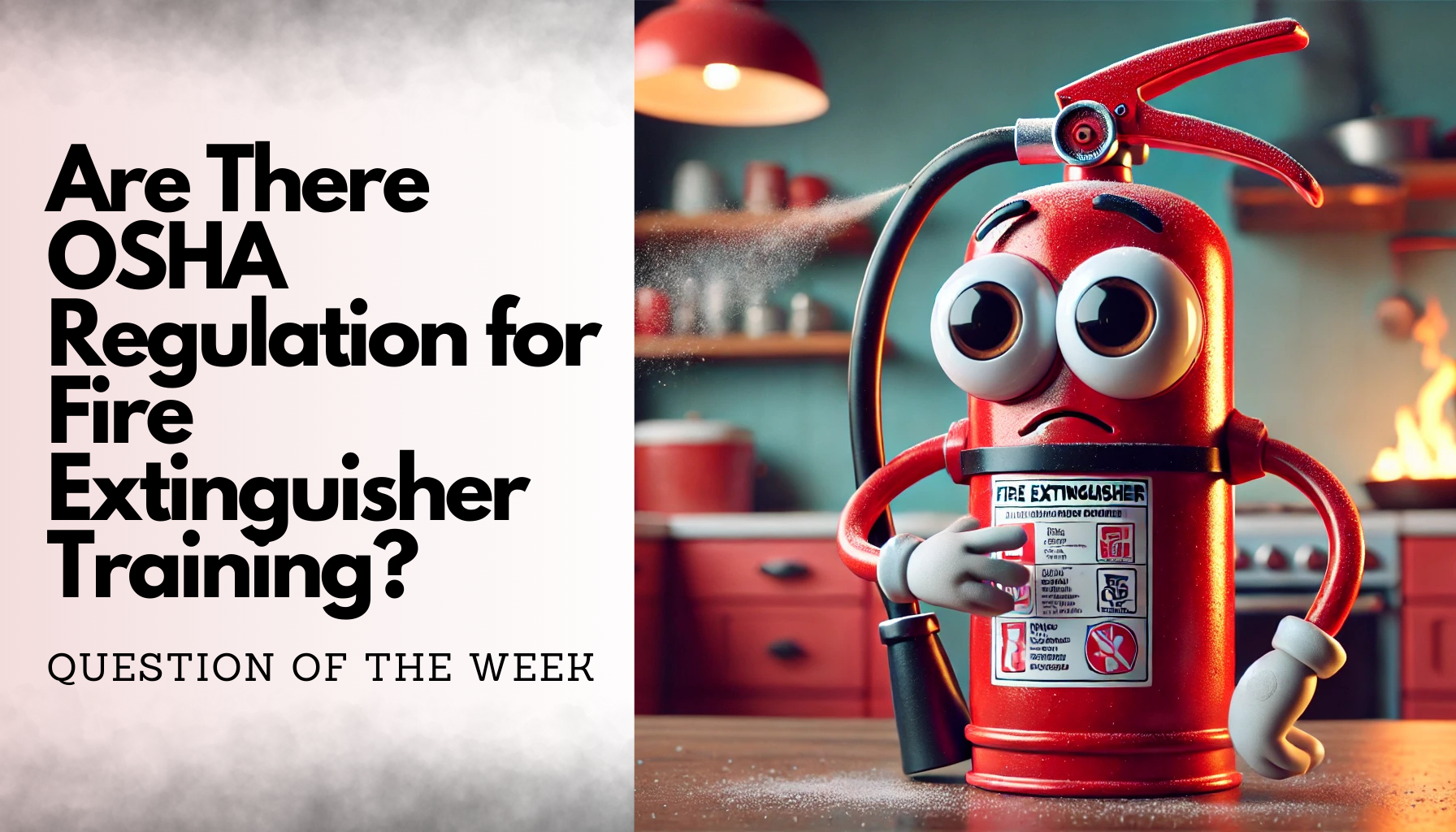Yes, OSHA does have regulations regarding fire extinguisher training, outlined in 29 CFR 1910.157(g), which detail the requirements for educating employees on fire extinguisher use and ensuring hands-on training for those designated to use them. Here's a closer look at what these regulations mean for employers and how to implement compliant and effective training programs.
What Does OSHA Say About Fire Extinguisher Training?
According to 29 CFR 1910.157(g), employers who provide portable fire extinguishers for employee use must ensure proper training. Here are the key requirements:
- Educational Program: Employers must provide an educational program to familiarize all employees with the general principles of fire extinguisher use.
- Hands-On Training: Employees who are designated to use portable fire extinguishers are required to receive hands-on training in their operation. This can include demonstrations, practice sessions, or other interactive approaches.
- Annual Training: The training must be conducted at least once per year to keep employees prepared and confident in their ability to respond during an emergency.
Does Training Need to Involve Actual Fires?
Interestingly, OSHA does not mandate that hands-on training includes extinguishing a live fire. While simulating or practicing with actual fires can be beneficial, it's entirely voluntary. Employers have the flexibility to decide how to provide hands-on training, which can range from using fire extinguisher simulators to demonstrating the equipment in controlled environments.
Live Fire Training: What to Consider
For employers considering live fire training, there are several factors to keep in mind:
-
Safety Measures: If you choose to involve live fires, safety must be the top priority. OSHA does not specifically regulate live fire training but emphasizes that training should not endanger employees or others.
-
Dead Man Switches: A dead man switch, which automatically shuts off the fire source if the trainer becomes incapacitated, is not explicitly required by OSHA. However, incorporating such features can enhance safety during live training sessions.
-
Controlled Surfaces: Conduct live fire training on fire-resistant or non-combustible surfaces to prevent unintended spreading. This ensures the environment remains safe and manageable.
-
State or Local Regulations: Some states or local authorities may have additional regulations regarding live fire training, so be sure to check with your local fire marshal or safety department.
Best Practices for Fire Extinguisher Training
- Simulators: Many organizations opt for fire extinguisher simulators, which provide a realistic experience without the risks associated with live flames.
- Scenario-Based Training: Incorporate scenarios where employees practice identifying fire classes, selecting the appropriate extinguisher, and using it effectively.
- Documentation: Maintain thorough records of the training, including participant names, dates, and the methods used, to demonstrate compliance during inspections.
Additional Resources
For more detailed insights, OSHA provides comprehensive information on fire safety and extinguisher training in their Fire Extinguisher Regulatory Analysis. Employers can also consult local safety organizations or professional trainers to ensure their programs align with regulations and best practices.
Fire Extinguisher Training Services at Colorado Safety Supply
We offer professional fire extinguisher training at Colorado Safety Supply, ensuring your employees are well-prepared to handle fire emergencies safely and effectively. Call us today at 303-537-5832 to learn more about our training programs.
Explore More
- Visit our Fire Extinguisher Collection for high-quality extinguishers and safety supplies.
- Check out our other blog: When Should You Have Your Fire Extinguisher Checked? for more insights into fire extinguisher maintenance and compliance.
Proper training isn’t just about meeting OSHA requirements—it’s about protecting your workplace and employees. Let Colorado Safety Supply help you make safety a priority!















